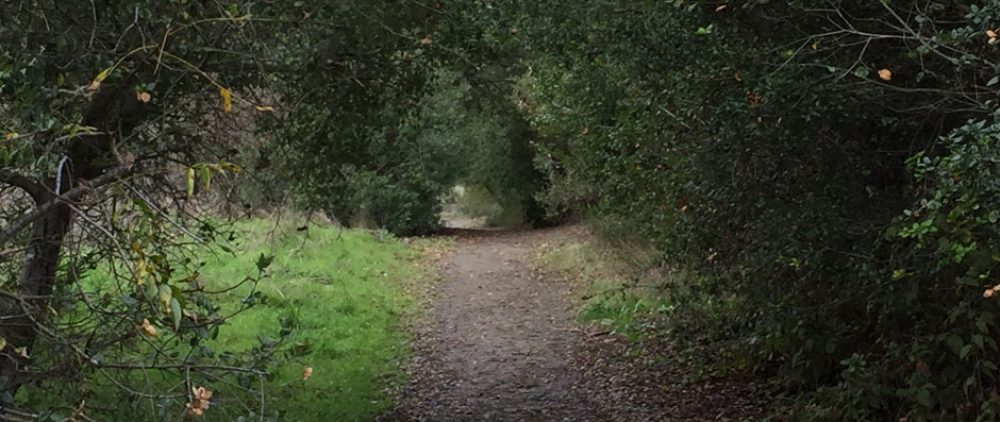Last week a remarkable show ran on PBS, “The Bones of Turkana,” which documents Richard Leakey’s search for the origin of the human species. Convinced that the Turkana Basin in Kenya is the place where we all began, Leakey, his wife, Meave, and their team have excavated the region around Lake Turkana since the 1960’s.

Richard Leakey beside a scaled computer generated figure of Turkana Boy who lived 1.6 million years ago. Photo courtesy J.J. Kelly/National Geographic Television.
This documentary, largely narrated by Leakey, gives a real feel for the region and the painstaking work of uncovering our past, but the most interesting questions concern what it means to be human. Computer simulations picture early hominids who lived hundreds of thousand years apart. At what stage, at what point in time, did our ancestors become human? What core attributes distinguish us from other mammals? In the 1980’s, Leakey founded the Turkana Basin Institute to explore this and related questions.

Filmmaker, John Hemingway (left) and his crew filming, “The Bones of Turkana.” Photo by Katie Carpenter.
Language is one key attribute Leakey says, along with walking upright and using tools. Communication, walking on two legs, and tool use are not exclusively human traits, so Leakey expands on his nuanced criteria:
“We know birds use tools and chimps and insects and lots of mammals. But to take a block of very hard stone and to take another stone and fashion an object from it, that’s something different. You have to “see within” the stone to know what you’re fashioning before you fashion it. You have to project an idea. That’s a step that no other tool maker uses.” http://boingboing.net/2012/05/15/bones-of-turkana-meave-and-ri.html
Leakey bases his final core criterion on the 1.6 million year old skeleton he calls, Turkana Boy. This young person apparently suffered from spinal deformities. He was not a robust adolescent and could not have warded off predators or hunted on his own. Leakey identifies the final key human trait as compassion. This is something he knows about first hand. Since losing his legs in a plane accident in 1993, Leakey has had to rely on the kindness of others to help him survive and thrive.
PBS has made the entire program available to watch at this link: http://video.pbs.org/video/2235479708/. It’s a fascinating account.

This is absolutely fascinating. Thanks so much for posting the link to this show. I missed it and am really pleased to be able to see it.
LikeLike
You’re welcome. Mary spotted this. She majored in archeology as an undergrad, so we always tune into shows like this when w see them.
LikeLike
Interesting post, but the distinction between us and the animals still remains unanswered. There are many instances where animals show compassion, so it’s can’t really be that, either.
LikeLike
You’re absolutely right, and they never claimed compassion was solely a human trait. This was an introductory kind of program and painted the issues and research in broad strokes.
LikeLike
LikeLike